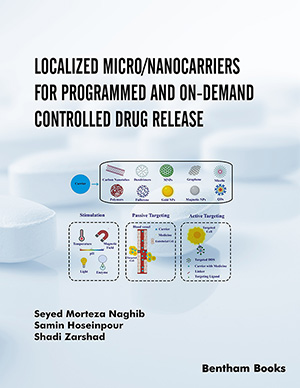Abstract
Accelerator mass spectrometry (AMS) permits the measurement of elemental isotopes at the individual atom level. The main application of AMS in drug discovery and development will be in the analysis of 14-carbon ( 14 C). The principle behind AMS is the separation of individual positively charged atoms through mass, charge and momentum differences. In order to obtain the high-energy charge state required for separation, negative atoms are accelerated through a high voltage field (up to 10 million volts) generated by a tandem Van de Graaff accelerator. In the middle of the accelerator, the outer valency electrons are stripped from the atom and the resulting charged species are separated and counted. For 14 C, AMS counts the number of individual atoms rather than measuring radioactive decays. The result is that AMS is up to one million times more sensitive than decay counting. Radioactivity levels as low 0.0001 dpm can be detected using AMS. The exquisite sensitivity of AMS analysis means that much lower amounts of 14 C can be used than for conventional counting methods. This makes it easier to use 14 C for in vitro , preclinical and clinical research programmes. As 14 C poses both a biological and environmental hazard, AMS permits much lower doses to be used. Human drug mass balance studies have been conducted with doses of 50 nanoCuries and below. Radioactive HPLC metabolite profiles of plasma extracts from subjects given nanoCurie doses of 14 C-labelled drug have been obtained by injecting as little as 0.25 dpm onto an HPLC column. In studies of biologics, biosynthetically 14 C-labelled recombinant protein has been produced with a specific radioactivity sufficient to conduct human clinical studies with AMS analysis. For one human recombinant protein an increase in sensitivity of 2000-fold over ELISA was obtained with AMS measurement. AMS is an enabling technology that should prove of value in increasing human and environmental safety as well as allowing new research directions to be followed.
Keywords: Accelator mass, spectrometry, toxicology, cancer




















